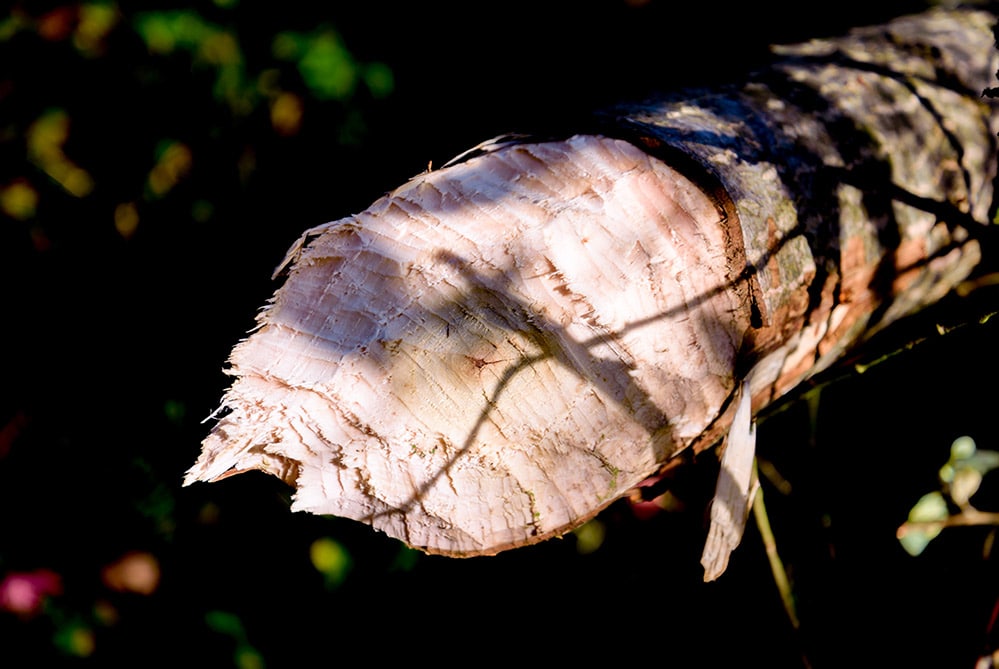Have you seen them yet?
Gnawed-off sticks?
Trees with gnaw marks?
Maybe even a gnawed tree?
The beaver is back in the Netherlands, and how. After it was released in the Biesbosch and Gelderse Poort in 1988, the population has grown considerably. And the beaver hotspot of the Netherlands? That is currently in the municipality of Altena, the Biesbosch Line that is. Between January 2018 and the end of September 2020, beavers were seen here no less than 533 times.



